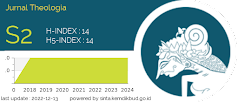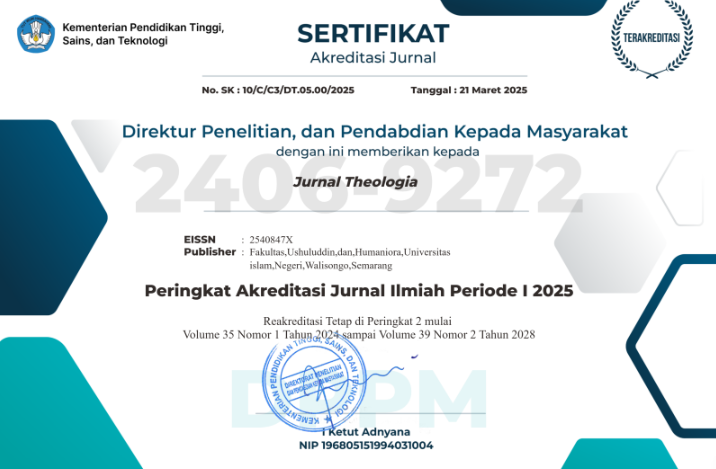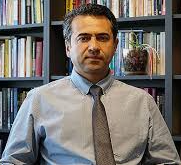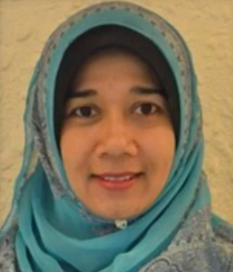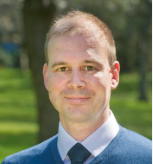A Critical Study of Victor Turner's Liminality, Religion, and Nationality
DOI:
https://doi.org/10.21580/teo.2023.34.2.17798Keywords:
Liminality, Religion and NationalityAbstract
This paper discusses Victor Turner's theory of liminality, religion, and nationality obtained from primary sources using the literature review method. The results of his study serve as a theoretical basis for discussing Victor Turner's liminality and its relationship to religion and nationality. This theory will help the writer dissect the customary ritual of washing the land in Soya. Liminality is an important aspect of the rite and is adopted from Arnold Van Gennep's concept. The term ‘liminality’ comes from the Latin word 'limen', which means 'doorway'. Viktor Turner used this term in his research on symbols and rituals among the Ndembu people of Africa. Therefore, liminality has such rich characteristics that it provides its own perspective on the life of society and culture today. In addition to Liminality, the writer also examines the theory of religion and nationality initiated by Emile Durkheim and Ernest Gellner. The results of the study show that these three theories have a very close and substantial relationship, in which of these three theories is social equality with one another. This intersection exists as a result of Turner's theory of liminality.
Downloads
References
Arnold, V. G. (1960). Rites the Passage.
Durkheim, E. (2011). The Elementary of the Religious Life,Sejarah bentuk agama-agama. IRCiSod.
Ernest Gellner. (1983). Nations and Nationalism. Cornell University Press.
Giddens, A. D. (2005). La Siciologie: Historie et idees. (R. N. Terj, Sjam (ed.)). Kreasi Wacana.
Gunawan, I. (2013). Metode penelitian kualitatif. Bumi Aksara.
Harianto GP. (2012). Pendidikan Agama Kristen Dalam Alkitab & Dunia Pendidikan Masa Kini (16th ed.). Andi Offset Yogyakarta.
James P, S. (2007). Metode Etnografi (II). Tiara Wacana Jokjakarta.
Koentjaraningrat. (1987). Sejarah Teori Antropologi I,. Jakarta II Press.
Koentjaraningrat. (1993). Ritus Peralihan di Indonesia. Balai Pustaka.
Murphy, E. P. A. & L. D. (2018). History of Anthropological Theory. Terj. Izzati N Mutia; Sejarah Teori Antropolog.
Stefen GR. (2018). Nasionalisme: Makna Bangsa, ibu pertiwi, Fatherland dan atanah air. Ecosystem pubh.
Sudibyo, S. R. R. dan S. (2016). METODOLOGI PENELITIAN. In Journal of Petrology: Vol. I (I, Issue 1). Kementrian Kesehatan RI. https://doi.org/10.1017/CBO9781107415324.004
Thomassen Bjorn. (2009). International Political Anthropology. II(1), 14.
Victor, T. (1965). The Ritual Process. Cornell University Press.
Victor, T. (1969). The Ritual Process.
Winangun Wartaya W.Y. (1990). Masyarakat Bebas Struktur: Liminalitas dan Komunitas menurut Viktor Turner,. Kaisius.






